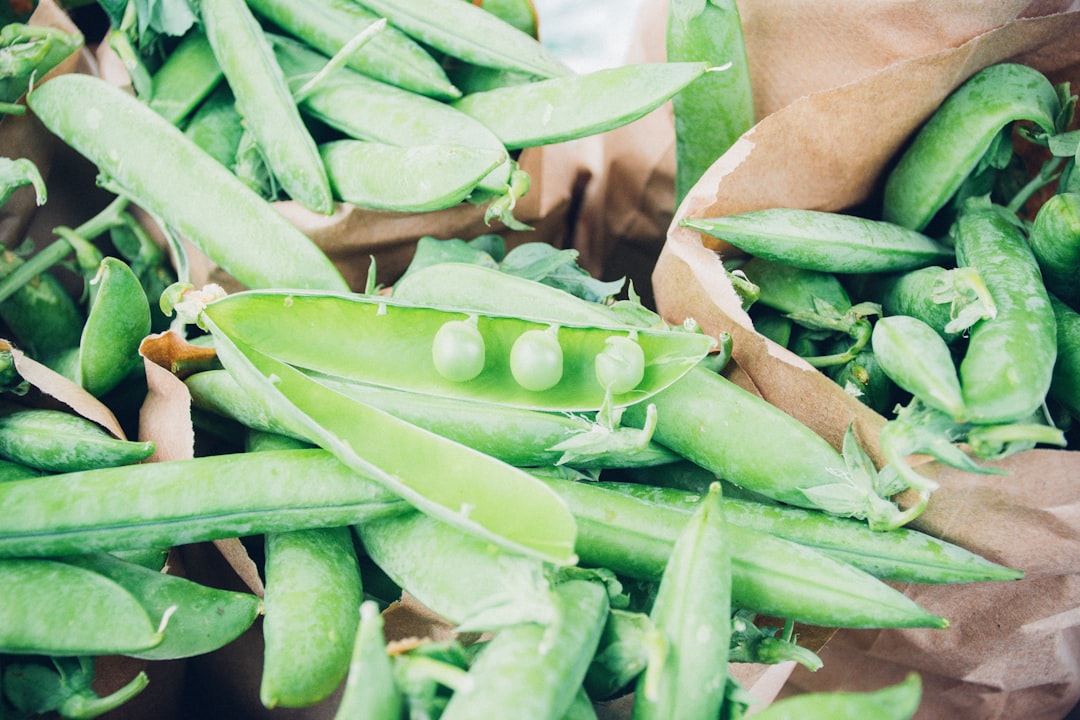Climate change is one of the most urgent challenges of our time, and our food system plays a major role in driving it. From deforestation for industrial farming to the carbon emissions from transporting food across continents, the way we produce, distribute, and consume food has far-reaching environmental consequences.
But here’s the good news: local food systems offer real, tangible solutions. By shortening the distance between farm and fork, supporting regenerative practices, and reducing reliance on fossil fuels, local food can be a powerful tool in the fight against climate change.
In this post, we’ll explore how eating locally can help lower greenhouse gas emissions and build a more sustainable, climate-resilient future.
🌍 The Climate Cost of a Global Food System
Our current industrial food system is responsible for about one-third of global greenhouse gas emissions, according to the United Nations. Here’s where those emissions come from:
-
Agricultural production (methane from livestock, nitrous oxide from fertilizers)
-
Land use changes (deforestation and habitat loss for monoculture crops)
-
Transportation (shipping food thousands of miles)
-
Processing and packaging (energy-intensive and waste-producing)
-
Waste (food waste contributes methane in landfills)
Long global supply chains are fragile, resource-heavy, and deeply carbon-intensive.
🥕 How Local Food Systems Help Mitigate Climate Change
Local food systems present a more sustainable, climate-conscious alternative. Here's how:
1. Reduced Food Miles = Lower Emissions
The farther food travels, the more fossil fuels are burned for transportation and refrigeration. Local food typically travels a much shorter distance, dramatically reducing emissions associated with freight.
-
Food flown across the globe has 50 times the carbon footprint of food transported by land from nearby sources.
-
Buying local produce reduces reliance on energy-intensive shipping and cold storage.
2. Support for Regenerative Farming Practices
Many local farmers prioritize sustainable methods such as:
-
Organic farming
-
Cover cropping
-
Crop rotation
-
Composting
-
Low- or no-till agriculture
These practices sequester carbon in the soil, reduce the need for synthetic fertilizers, and promote biodiversity—making the land more resilient to climate extremes.
3. Less Packaging Waste
Local food often skips the excessive packaging of global supply chains. You’re more likely to find unpackaged produce at a farmers’ market or reusable containers at a local CSA pickup.
-
Less packaging = less plastic = fewer fossil fuels used and less pollution.
4. Lower Food Waste
Local food is harvested closer to the time of sale, meaning it's fresher and lasts longer, reducing spoilage at home. Additionally, local producers often have the flexibility to find creative uses for imperfect or surplus produce, reducing waste throughout the supply chain.
-
Wasted food = wasted emissions. Every pound of food wasted wastes all the energy used to grow, transport, and store it.
5. Preservation of Green Spaces and Farmland
Local food systems help keep small farms in operation, which can prevent urban sprawl and deforestation. Well-managed farmland can act as a carbon sink, absorbing CO₂ from the atmosphere and supporting diverse ecosystems.
🔄 Building Resilient Communities
Local food systems don’t just cut emissions—they build resilience in the face of climate disruption. Communities that grow and source their own food are:
-
Less dependent on vulnerable global supply chains
-
Better equipped to respond to climate shocks and disruptions
-
More capable of adapting to shifting growing conditions
In essence, local food strengthens both environmental and social sustainability.
🌱 How You Can Make a Difference
Every meal is a chance to make a climate-friendly choice. Here's how you can get involved:
-
Buy local produce from farmers’ markets or food co-ops.
-
Join a CSA (Community Supported Agriculture) to support local growers directly.
-
Grow your own food at home or in a community garden.
-
Reduce food waste by planning meals and storing food properly.
-
Support regenerative agriculture through your purchases and your voice.
-
Advocate for local food policies that promote climate-smart farming.
🛠 It’s Not Just About Distance—It’s About Systems
While local food reduces emissions from transport, the biggest climate benefits come when local systems are paired with sustainable farming practices, reduced waste, and informed consumers. Local alone isn’t a silver bullet—but it’s an essential piece of the puzzle.
🌎 A Climate-Conscious Future Starts Locally
In the face of a warming planet, every choice matters. By eating locally and supporting farmers who care for the land, we can cut emissions, protect ecosystems, and foster food systems that are good for people and the planet.
Local food isn’t just fresher—it’s a pathway to a healthier climate.
And it all starts with what’s on your plate.

Comments
No comments yet. Be the first to comment!
You must be logged in to comment. Login